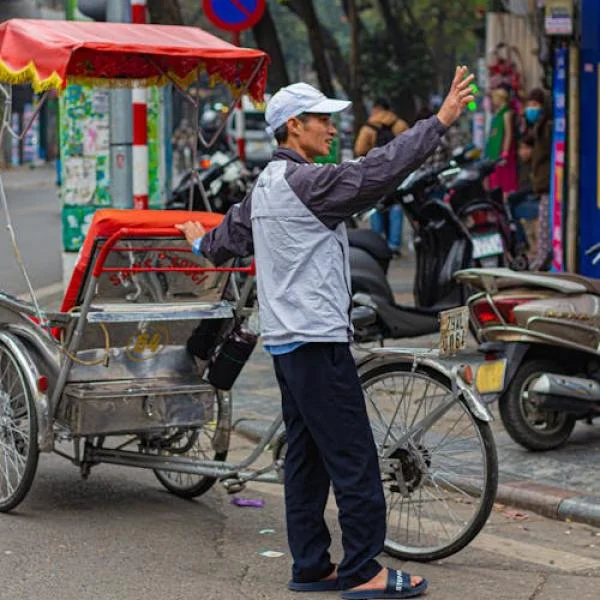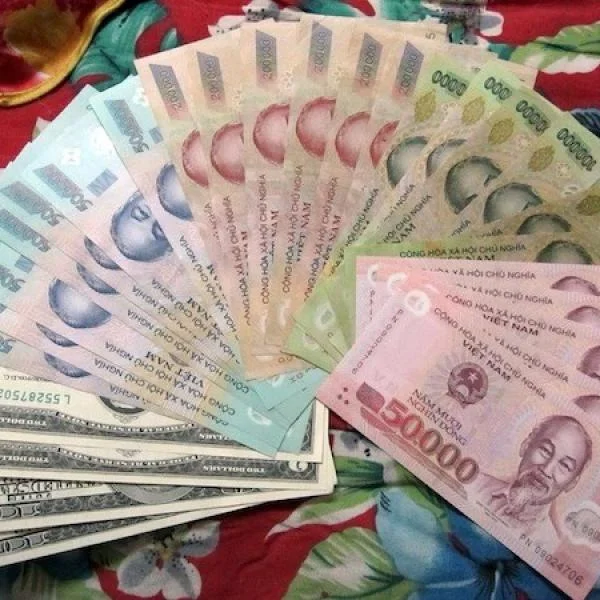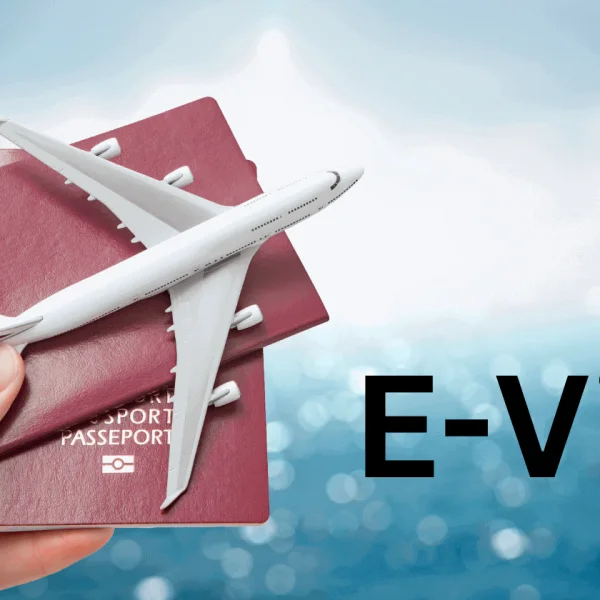Geography of Vietnam: A Comprehensive Guide for Travelers in 2024-2025
Geography of Vietnam: A Comprehensive Guide for Travelers in 2024-2025
Planning a trip to Vietnam? Before you embark on your Southeast Asian adventure, it's essential to have a solid understanding of this diverse and captivating country. In this comprehensive guide, we'll delve into Vietnam's geography, climate, and key attractions to help you plan the perfect itinerary.
Vietnam's Location and Geography
Vietnam, officially the Socialist Republic of Vietnam, is strategically located in Southeast Asia, serving as the easternmost country on the Indochinese Peninsula. With a population surpassing 98 million as of 2024, it ranks as the 15th most populous country globally. Covering approximately 331,212 square kilometers (127,882 square miles), Vietnam is slightly larger than Italy and about the size of New Mexico in the United States.
Key Geographic Features:
- Shape: Distinctive "S" shape stretching over 1,650 kilometers (1,025 miles) from north to south
- Width: At its narrowest point in Quang Binh province, Vietnam is less than 50 kilometers (31 miles) wide
- Coastline: Approximately 3,260 kilometers (2,025 miles), excluding islands
- Terrain: Diverse landscape including mountains, deltas, plateaus, and coastal plains
Vietnam's Borders and Neighbors
Vietnam shares land borders with three countries:
- China: To the north (1,281 km / 796 miles)
- Laos: To the northwest (2,130 km / 1,323 miles)
- Cambodia: To the southwest (1,228 km / 763 miles)
The total land border extends for 4,639 kilometers (2,883 miles).
To the east and south, Vietnam is bordered by the South China Sea, locally known as the East Sea (Biển Đông).
Major Cities and Urban Centers
Hanoi (Hà Nội)
- Location: Northern Vietnam, on the right bank of the Red River
- Population: Over 8.3 million (2024 estimate)
- Highlights: Ancient Old Quarter, Ho Chi Minh Mausoleum, Temple of Literature
Ho Chi Minh City (Thành phố Hồ Chí Minh)
- Location: Southern Vietnam, on the western bank of the Saigon River
- Population: Approximately 9.5 million (2024 estimate)
- Highlights: Cu Chi Tunnels, War Remnants Museum, Ben Thanh Market
Da Nang (Đà Nẵng)
- Location: Central Vietnam, coastal city
- Population: Over 1.2 million (2024 estimate)
- Highlights: Golden Bridge, Marble Mountains, My Khe Beach
Climate and Best Times to Visit
Vietnam's elongated shape results in diverse climatic conditions across the country:
Northern Vietnam
- Climate: Monsoonal with four distinct seasons
- Best time to visit: October to April (dry season)
Southern Vietnam
- Climate: Tropical monsoon with wet and dry seasons
- Best time to visit: December to April (dry season)
Central Vietnam
- Climate: Transition zone with hot, dry winters and wet summers
- Best time to visit: January to August (avoid autumn typhoon season)
Mountain Regions (e.g., Sapa, Dalat)
- Climate: Temperate with cooler temperatures year-round
- Best time to visit: March to May or September to November
Key Geographic Attractions
- Fansipan Mountain
- Highest peak in Indochina (3,147 meters / 10,325 feet)
- Located in Lao Cai Province, near Sapa
- Accessible by cable car or trekking
- Mekong Delta
- Vast river system in southern Vietnam
- Known for floating markets and lush orchards
- Best explored by boat tours
- Ha Long Bay
- UNESCO World Heritage Site
- Features over 1,600 limestone islands and islets
- Popular for overnight cruises and kayaking
- Son Doong Cave
- World's largest cave system
- Located in Phong Nha-Ke Bang National Park
- Limited permits available for multi-day expeditions
- Ba Be Lake
- Largest natural lake in Vietnam
- Situated in Ba Be National Park, Bac Kan Province
- Ideal for boat trips and trekking
- Phu Quoc Island
- Largest island in Vietnam
- Known for pristine beaches and fish sauce production
- Developing into a major resort destination
Planning Your Vietnamese Adventure
Whether you're interested in exploring ancient temples, trekking through lush jungles, or relaxing on pristine beaches, Vietnam's diverse geography offers something for every traveler. Consider these factors when planning your trip:
- Seasonal variations: Plan your itinerary based on regional climate patterns
- Transportation: Domestic flights, trains, and buses connect major cities and attractions
- Visa requirements: Check the latest visa policies for your nationality
- Local customs: Research and respect cultural norms in different regions
By understanding Vietnam's geography and climate, you can create an itinerary that maximizes your experience in this fascinating country. From the terraced rice fields of Sapa to the bustling streets of Ho Chi Minh City, Vietnam's diverse landscapes and vibrant culture await your exploration.








